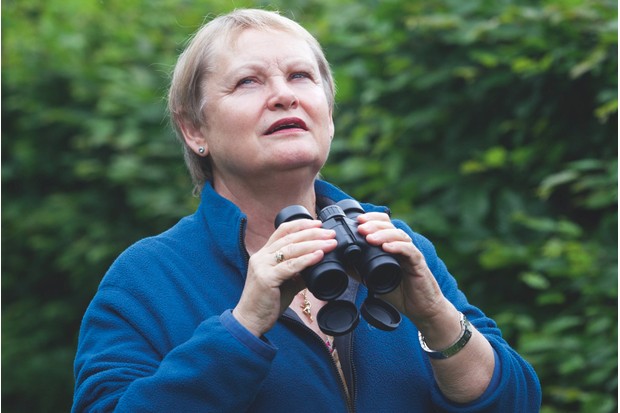Known for its association with perfume, musk is a strong-smelling substance produced by the glands of muskrats, some civet species and musk deer.
In adult male musk deer, the material is produced by a gland located on the abdomen. The gland is found in a hair-covered sac that’s commonly called a musk pod. The word ‘musk’ comes from the Persian moschos and the Sanskrit muska, both of which mean testicle – what ancient people thought the gland resembled.
The musk itself is stored in a paste-like form in the sac. It has a pungent scent that the animal uses to attract females, mark its territory and repel rivals. Urine from the male musk deer passes over the musk pod, collecting small amounts of the substance.
During the rutting season, the male’s urine is also laden with hormones, so it’s a potent, smelly mix when sprayed on vegetation.

Where are musk deer found?
Musk deer evolved in northern China’s mountains and spread across eastern Asia. Until recently, the animals were classified as members of the Cervidae deer family but DNA tests in the early 21st century established they are more closely related to goats, sheep and cattle. They were given a genus of their own – Moschidae – and split into seven different living species (including Siberian, dwarf and alpine musk deer), as well as several now-extinct species.
The first human use of musk was in traditional medicine. The musk pod from slaughtered animals was dried, which turned the musk paste into dark brown grains. These were either diluted with alcohol to make tinctures or blended with oil to make preparations that were used to treat asthma, nerve disorders, skin conditions and heart problems.
What does musk smell like?
Fresh musk is said to have an ammonia-like and leathery smell. After it has been dried, a complex and more nasally acceptable set of smells emerges. There are few other substances in the world that possess an aroma as complex. It is variously described as subtle, powdery, sweet and lingering, and to mimic the natural smells of human skin. When mixed with other scents it elevates them and provides longevity.
What is musk used for?
For centuries, natural musk was used in perfumery as a base note (the scent that becomes most prominent as the perfume dries on the skin), as a fixative and enhancer to stabilise and amplify the other fragrance ingredients, and as an additive to lend a sensual quality to the perfume. Greater social awareness about the killing of animals for such purposes, and increased cost as stocks became scarcer, led to the creation of synthetic musk derived from plant or synthetic, and not animal, sources.
Nowadays, only a very small proportion of perfumes are produced using natural musk. The far greater consumption today is back where it all began: in traditional Chinese, Ayurvedic and Unani medicines.
How threatened are musk deer populations?
In the 21st century, all musk deer species are endangered to a greater or lesser degree, due to habitat loss and overhunting. Some countries allow licensed hunting of species whose populations are less at risk, such as Siberian musk deer. The Chinese government has banned hunting in the wild, even though the country’s dwarf musk deer are less endangered, and has set up deer farms where the musk is extracted once or twice a year without killing the animals.
But there are questions over animal welfare associated with this solution, and all musk deer species are still vulnerable to poaching. This is hardly surprising as, according to the Journal for Nature Conservation, the price of musk in the international market is approximately six to eight times that of gold – ranging from about $50,000 to $80,000 per kg.
Discover more wildlife stories from around the world
- Stripy animals with big eyes found on remote oil rig in North Sea. What they were carrying stuns researchers
- Scientists sink lights to bottom of Chicago River. What they find is incredible
- Night mission in India leads scientists to one of the rarest songs on Earth
- In the 1970s, scientists noticed that trees in a US mountain range were migrating. Now they know why
Top image: a musk pod. Credit: 乌拉跨氪, CC BY-SA 3.0, via Wikimedia Commons





